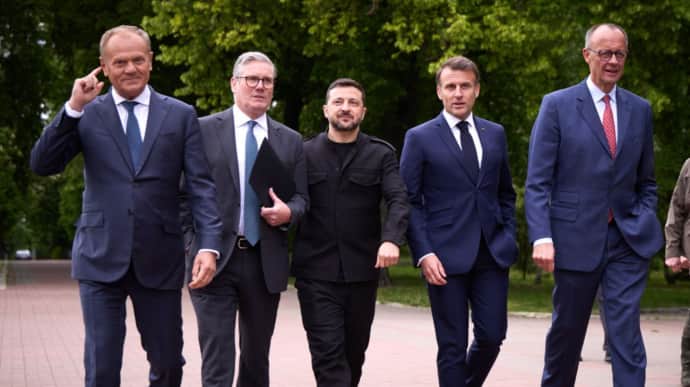In a bold move to bolster its eastern defenses, NATO and several frontline European nations are spearheading the development of a cutting-edge surveillance and defense initiative dubbed the “Drone Wall.” This ambitious project, stretching from Norway to Poland, is designed to act as a digital barrier—using drones, sensors, and AI—to guard against incursions, hybrid warfare, and emerging security threats, particularly from Russia.
What Is the Drone Wall?
The Drone Wall is a multi-layered network of unmanned aerial systems (UAS), ground-based sensors, and electronic countermeasures that will monitor and secure NATO’s eastern flank. Spanning approximately 1,850 to 3,000 kilometers, this wall will include contributions from Norway, Finland, Estonia, Latvia, Lithuania, Poland, and Germany, integrating national defense efforts into a coordinated regional shield.
Unlike physical border fortifications, this wall is largely invisible—built with AI-powered drones, long-range surveillance platforms, satellite feeds, and anti-drone defense systems capable of neutralizing threats in real time.
What Will It Do?
The primary role of the Drone Wall is to detect, track, and counter a wide array of threats—ranging from surveillance drones and smuggling to cyber incursions and electronic warfare.
Key objectives include:
Early Warning & Intelligence: Continuous aerial patrols and data fusion from multiple sources will enable NATO to detect movements long before they become threats.
Counter-Drone Defense: Systems such as Estonia’s Erishield will intercept and neutralize unauthorized drones entering protected airspace.
Hybrid Warfare Mitigation: The wall aims to counter grey-zone tactics such as GPS spoofing, electronic jamming, and covert border crossings.
Support for Ground and Air Forces: By integrating the Drone Wall with existing air defense systems like NASAMS, the wall becomes a force multiplier, enhancing the speed and precision of NATO responses.
Logistics and Cost
The Drone Wall is a massive logistical undertaking, both in scope and budget.
The entire project is expected to cost several billion U.S. dollars. While NATO provides overarching coordination, each participating nation is funding its portion. For example:
Poland is investing over $2.5 billion in its East Shield fortification plan.
Estonia is contributing approximately €12 million over the next three years to integrate drone and radar systems.
German defense tech company Helsing suggests that the Drone Wall could be operational within one year, given political and logistical alignment.
The wall will feature layered drone swarms, electromagnetic sensors, mobile jamming platforms, satellite integration, and AI-driven monitoring to handle both military and asymmetric threats.
Can It Defend Against Russia?
The Drone Wall is not intended to stop a full-scale invasion on its own—but it plays a crucial role in shaping the battlefield before such an invasion occurs.
Advantages:
Creates a persistent intelligence layer, making surprise attacks harder to execute.
Disrupts Russian tactics that rely on speed, deception, or ambiguity.
Offers real-time data to NATO’s rapid reaction forces and air defense systems.
Limitations:
Vulnerable to electronic warfare (EW)—Russia has advanced jamming systems like the Repellent-1, capable of disabling civilian and military drones.
Not a replacement for ground troops or conventional defenses—its success depends on coordination with traditional military assets.
Could be overwhelmed by drone swarms or cyberattacks if not fully integrated with NATO’s broader defense posture.
Russia’s Likely Response
Moscow has already expressed concern over NATO’s increasing drone and surveillance activity near its borders. The Kremlin may respond in several ways:
Escalation of Electronic Warfare: Russia is likely to increase its EW deployments along NATO’s eastern flank to jam or mislead drone systems.
Deployment of Drone Swarms: To counter the Drone Wall, Russia may deploy large-scale UAV swarms designed to overwhelm or saturate NATO’s defenses.
Hybrid Provocations: We may see increased use of migrants as political tools, infrastructure sabotage, or misinformation campaigns targeting NATO populations.
Accelerated Militarization: Russian allies like Belarus are already producing drones in high volumes—up to 100,000 units per year—possibly to counterbalance NATO’s drone edge.
The Drone Wall marks a turning point in European defense strategy. By embracing automation, AI, and drone warfare, NATO is adapting to a new era of security threats—ones that are less about tanks crossing borders and more about invisible, persistent, and hybrid warfare tactics.
While it won’t singlehandedly stop a Russian advance, the Drone Wall gives NATO a critical edge: time—to see, to react, and to deter. Its success, however, depends on seamless coordination, continued investment, and staying ahead in the high-tech arms race that is rapidly redefining modern conflict.
